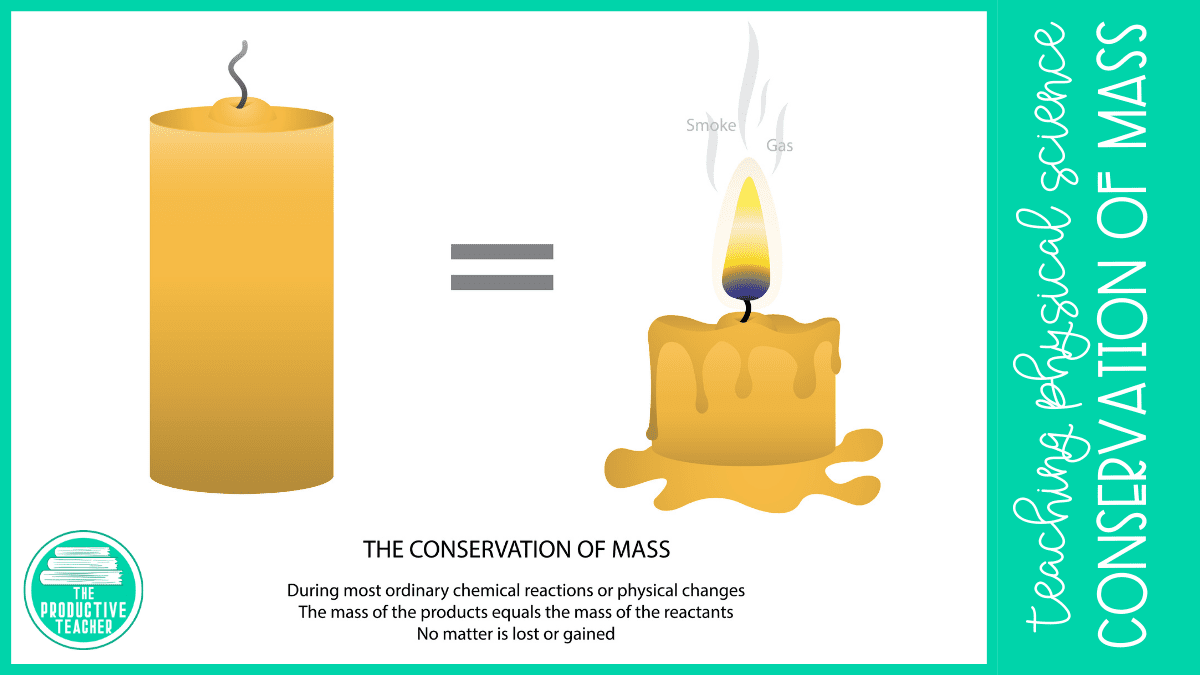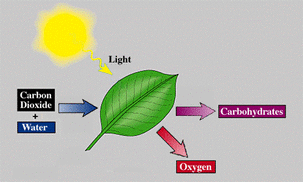After researching texts on Photosynthesis, The Law of Conservation of Matter, and The Law of Conservation of Energy, write an informational essay in which you describe how the photosynthetic process can be used to demonstrate both the Law of Conservation of Matter and the Law of Conservation of Energy.
The Amazing Case of “Back Radiation” – Part Three | The Science of Doom
Aug 13, 2022The law of conservation of mass is also known as the “law of indestructibility of matter.” Example 5.1.1 5.1. 1. If heating 10 grams of CaCO3 CaCO 3 produces 4.4 g of CO2 CO 2 and 5.6 g of CaO CaO, show that these observations are in agreement with the law of conservation of mass. A sample of calcium carbonate (CaCO3).

Source Image: kaiserscience.wordpress.com
Download Image
This video illustrated how the law of conservation of mass can be applied to real-world scenarios. Although real-world scenarios might seem overwhelming at first, we can use a problem-solving tool called a control volume to help narrow our focus. The law of conservation of mass allows us to perform a mass balance on the control volume.

Source Image: kaiserscience.wordpress.com
Download Image
Law of Conservation of Mass & Energy & The Carbon Cycle – ppt download
photosynthesis: carbon dioxide + water + light energy → glucose + oxygen cellular respiration: glucose + oxygen → carbon dioxide + water + adenosine triphosphate (ATP) Introduction/Motivation

Source Image: theproductiveteacher.com
Download Image
How Does Photosynthesis Follow The Law Of Conservation Of Mass
photosynthesis: carbon dioxide + water + light energy → glucose + oxygen cellular respiration: glucose + oxygen → carbon dioxide + water + adenosine triphosphate (ATP) Introduction/Motivation
Oct 19, 2023ARTICLE leveled The Conservation of Matter During Physical and Chemical Changes Matter makes up all visible objects in the universe, and it can be neither created nor destroyed. Grades 3 – 12 Subjects Chemistry, Conservation, Earth Science, Geology, Physics Image Water in Three States
Learning About the Law of Conservation of Mass – The Productive Teacher
The ecological importance of photosynthesis. Photosynthetic organisms, including plants, algae, and some bacteria, play a key ecological role. They introduce chemical energy and fixed carbon into ecosystems by using light to synthesize sugars. Since these organisms produce their own food—that is, fix their own carbon—using light energy
ESS Topic 2.2: Communities and Ecosystems – AMAZING WORLD OF SCIENCE WITH MR. GREEN

Source Image: mrgscience.com
Download Image
Photosynthesis Conservation of Mass – YouTube
The ecological importance of photosynthesis. Photosynthetic organisms, including plants, algae, and some bacteria, play a key ecological role. They introduce chemical energy and fixed carbon into ecosystems by using light to synthesize sugars. Since these organisms produce their own food—that is, fix their own carbon—using light energy

Source Image: youtube.com
Download Image
The Amazing Case of “Back Radiation” – Part Three | The Science of Doom
After researching texts on Photosynthesis, The Law of Conservation of Matter, and The Law of Conservation of Energy, write an informational essay in which you describe how the photosynthetic process can be used to demonstrate both the Law of Conservation of Matter and the Law of Conservation of Energy.

Source Image: scienceofdoom.com
Download Image
Law of Conservation of Mass & Energy & The Carbon Cycle – ppt download
This video illustrated how the law of conservation of mass can be applied to real-world scenarios. Although real-world scenarios might seem overwhelming at first, we can use a problem-solving tool called a control volume to help narrow our focus. The law of conservation of mass allows us to perform a mass balance on the control volume.

Source Image: slideplayer.com
Download Image
Photosynthesis Conservation of Mass – YouTube
Photosynthesis is carried out by photosynthetic organisms. Photosynthesis drives the movement of matter, or atoms, between organisms and the environment. Photosynthetic organisms take in and use carbon dioxide and water from the air and soil. Photosynthetic organisms release oxygen into the air. Organisms throughout the ecosystem use this

Source Image: youtube.com
Download Image
Reading: Making Trees from Thin Air (Photosynthesis)
photosynthesis: carbon dioxide + water + light energy → glucose + oxygen cellular respiration: glucose + oxygen → carbon dioxide + water + adenosine triphosphate (ATP) Introduction/Motivation

Source Image: serpmedia.org
Download Image
The Law of Conservation of Mass, Formula with Examples
Oct 19, 2023ARTICLE leveled The Conservation of Matter During Physical and Chemical Changes Matter makes up all visible objects in the universe, and it can be neither created nor destroyed. Grades 3 – 12 Subjects Chemistry, Conservation, Earth Science, Geology, Physics Image Water in Three States

Source Image: sciencetec.in
Download Image
Photosynthesis Conservation of Mass – YouTube
The Law of Conservation of Mass, Formula with Examples
Aug 13, 2022The law of conservation of mass is also known as the “law of indestructibility of matter.” Example 5.1.1 5.1. 1. If heating 10 grams of CaCO3 CaCO 3 produces 4.4 g of CO2 CO 2 and 5.6 g of CaO CaO, show that these observations are in agreement with the law of conservation of mass. A sample of calcium carbonate (CaCO3).
Law of Conservation of Mass & Energy & The Carbon Cycle – ppt download Reading: Making Trees from Thin Air (Photosynthesis)
Photosynthesis is carried out by photosynthetic organisms. Photosynthesis drives the movement of matter, or atoms, between organisms and the environment. Photosynthetic organisms take in and use carbon dioxide and water from the air and soil. Photosynthetic organisms release oxygen into the air. Organisms throughout the ecosystem use this